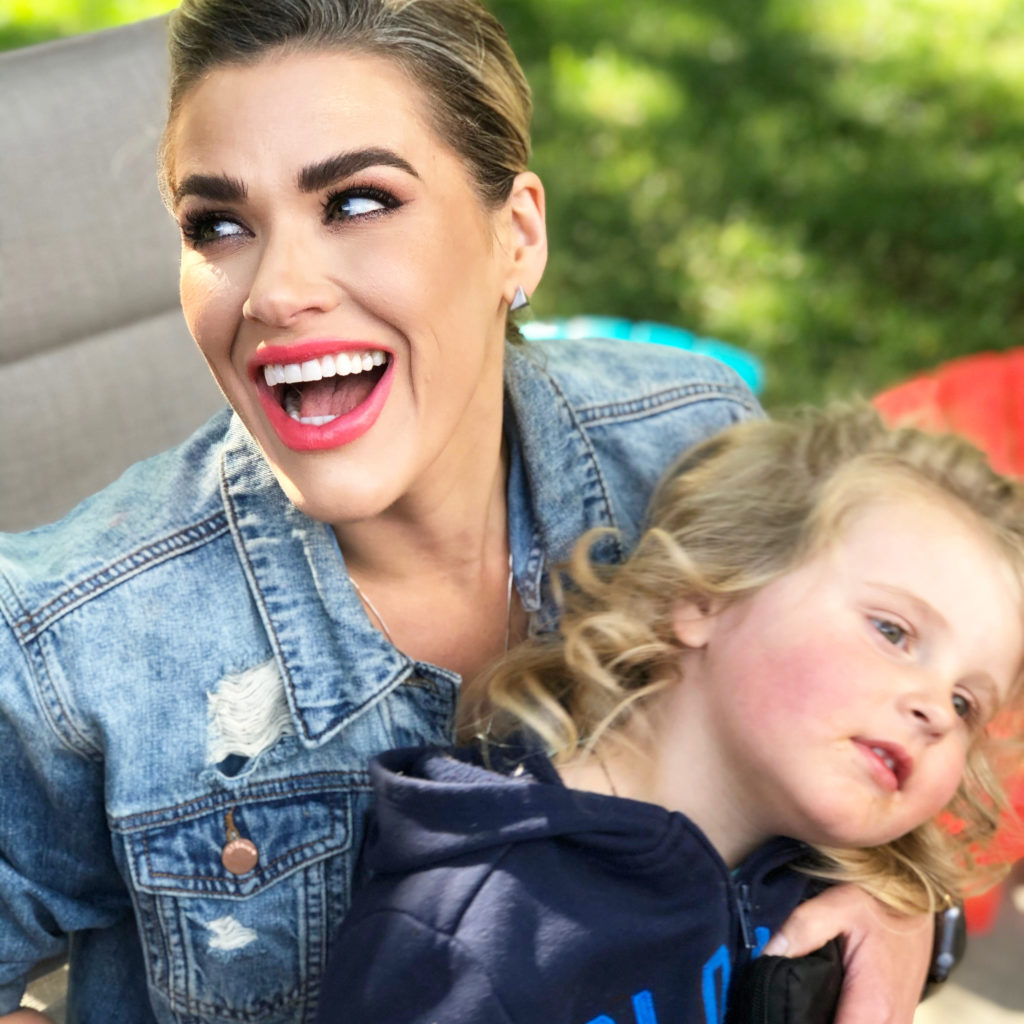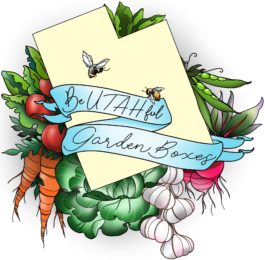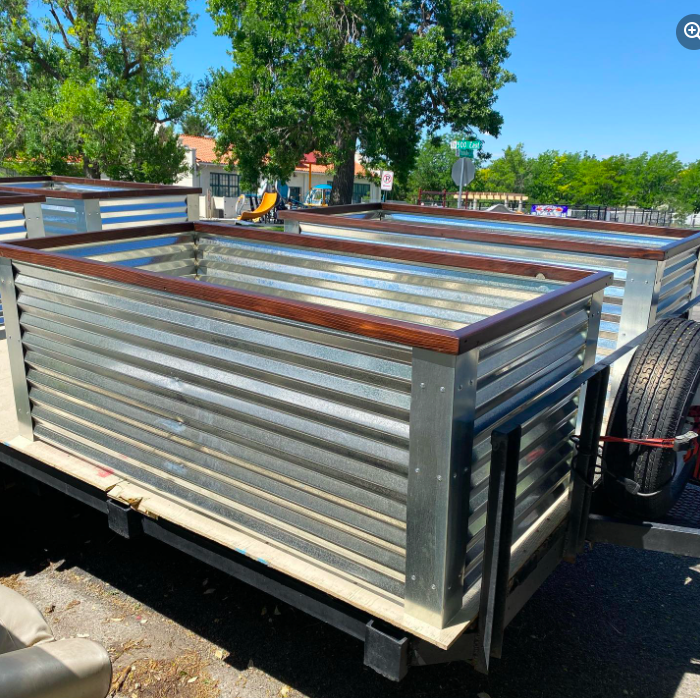Shop Utah Sunday – Meet Adrie!
For our very first Shop Utah Sunday highlight, we are thrilled to introduce you to Adrie. She’s got a sparkling energy and incredible talent, and we hope you will take a moment to check out her services and give her gardening tips a try!

1) What is your name and how long have you lived in Utah?
My name is Adrie Buchanan. I was born and raised in Utah. I lived in Indiana for a bit, which was where I first started gardening!
2) What service or product does your small business offer?
I am an Esthetician and Permanent Makeup artist. I offer everything from facials and chemical peels to Microblading and permanent lip blush. I also teach Permanent Makeup classes and train students in my studio.
3) How did you get started and how long have you been in business?
I graduated esthetics school in 2008 and have been doing Permanent Makeup for 5 years. I started doing makeup from a very young age, and originally went to school to be a makeup artist, I found however that I knew way more about makeup than those instructing me! So much of that was self taught. I quickly fell in love with all there was to know about skin, and brows had always been my specialty, so the Segway into Microblading and PMU was a very smooth and lovely transition. It has been very rewarding.
4) How long have you been gardening?
I have been gardening since I lived in Indiana several years back. It was very different to learn gardening there and move back here. You never have to water, and everything just grows so easily and beautifully there. The hardest part is the bugs and disease. Here it seems to be water and getting thing to flourish.
5) What is your best gardening tip?
You’re always learning from year to year and evolving. Just have fun, and don’t take yourself too seriously.
6) Besides gardening, what else do you do to practice sustainable living?
I try to eat mostly organic and a plant based diet. Obviously we recycle at our house and try to minimize chemicals and plastics!
7) How can folks contact you for more information on your services?
My contact info is @makeupmoxie on insta, adrie@makeup-moxie, 801-834-4533, and website is www.makeup-moxie.com.
Thank you, Adrie!




